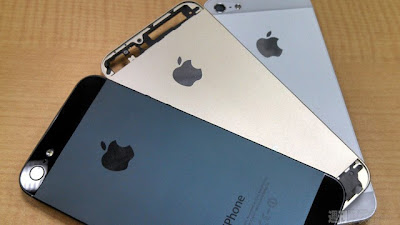It might not just be your ears that are stuffed with wax for long—because researchers from the University of Michigan want to pack your phone full of the stuff, too.
In the process of trying to make processors more efficient, they've hit on an intriguing idea:cover the chip in a mesh of wax which, when the processor is pushed, can melt and absorb some of that excess heat. It may sounds kinda bonkers, but the researchers believe it should allow chip manufacturers to run mobile processors faster, for longer.
Currently mobile chips tend to use a sub-set of their transistors most of the time to avoid overheating, just using a small central CPU most of the time and farming out other tasks to more specific processing units when they need to. The wax idea could provide a way of using more transistors, more of the time—and hopefully provide a massive speed bump, too.
The idea of "computational sprinting"—making use of all those transistors at once—has been floated for a few years, and the wax idea could make it a reality in mobile situations. In fact, the researchers believe they could run a chip at upto 100 watts for a short period, as long as their wax cooling system was their to absorb the heat.
Of course, it only buys short snatches of high performance: once the wax melts, its cooling efficiency is lost, and it needs to solidify again before the next sprint. But, hey, maybe that's enough.
More here.




















